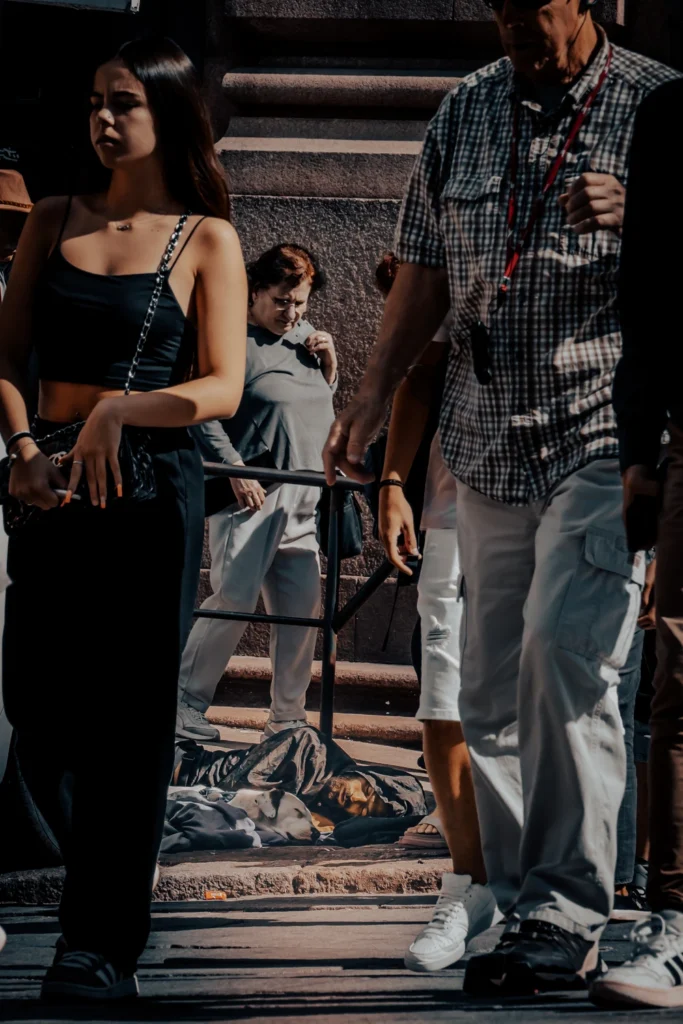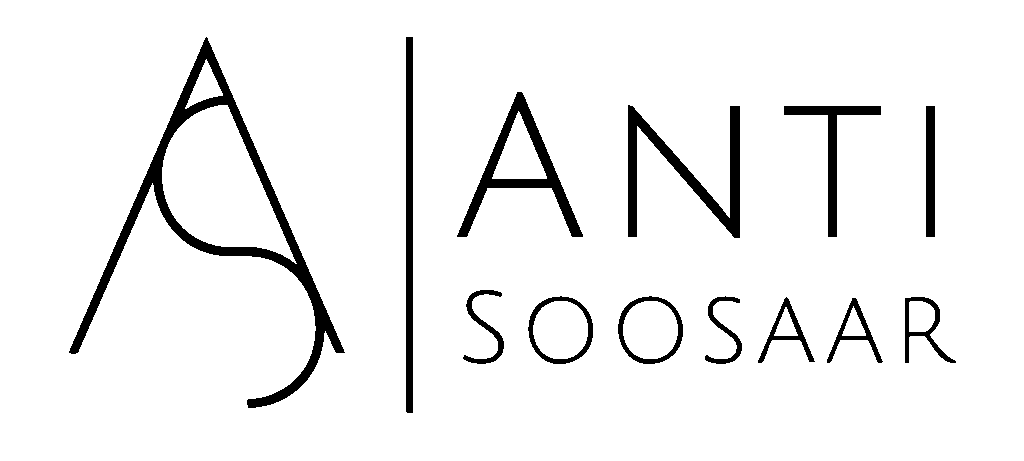It’s not just a picture ENG
A Porto Morning at São Bento: A single shot from within the crowd
The City Wakes Up
It was a warm, bright morning. Porto opened its windows, and coffee shutters clattered open. Tourists gathered around maps and coffee cups, working people rushed to their own rhythm. I was doing what I do almost every day-walking with my camera, watching the light, and looking for a story.
The View That Pulled Me Aside
A moment flashed within the crowd. Near the platforms, in the shadow of the stone wall of São Bento station, a man slept with his dog. Around them flowed a continuous human river a noise of steps, bags, and more. Some glances skimmed over them, some paused too sharply for a moment. This contrast the rushing city and the motionless moment was what made me stop.
Ten Minutes of Waiting
This picture couldn’t be taken; it had to be waited for. I chose a low angle to leave only the feet, the movement, and their quiet island in the frame. I pre-composed, kept the focus ready, and read the rhythm. There were many people, frames overlapped, moments closed up. Ten minutes is a long time in street photography just long enough for doubt to creep into your mind.
The Moment the City Breathed
Then the crowd parted for a second. The light slid over the dog’s nose, the man’s face remained in the shadow, and the street blurred. I pressed the shutter. The steps continued, but the quiet pocket remained within the frame as if Porto had given itself a pause for a moment.
What This Photo Tries to Say
This is not a portrait of a stranger’s burden. It is a mirror for all the rest of us. Cities like Porto sing in the mornings, but in every choir, there is a note we learn to ignore. São Bento’s tiles tell stories of kings and battles; this frame tells a smaller story that we step over on our way to coffee.
The image contains two rhythms: the rush and the stop. The feet are urgency; the sleeper is a refusal voluntary or not of the schedule we worship. Together, they ask the hard question: what do we miss when we move too fast?
Why This Picture?
Because the street is honest. It shows side-by-side what the city is proud of and what it often tries to hide. This frame is a Porto morning: warm and harsh at once. A reminder that every journey passes next to someone who has nowhere to go. The picture doesn’t solve anything, but it can change the gaze—make it softer, more curious, less certain of its first judgment.
Small Lessons for the Street Photographer
- Wait until the story reveals itself. A good frame does not come on command.
- Read the rhythm. The human flow is cyclical. Practice pre-framing.
- Leave room for interpretation. Not everything has to be face-on. Movement and layering tell a story.
- Be respectful. People are always more important than the picture. When in doubt, photograph more softly or step away.
- Light is the tone of the story. The morning sun softens even the harshest edges—use it.
Final Word
I put my camera in the bag and stood still for a moment. The station made its daily noise, a tram squeaked on the curve, someone laughed. The man slept on, the dog breathed at an even pace. I walked away with the knowledge that this picture will stay with me not because it is technically perfect, but because it is honest.
If this story resonated, look at the picture calmly and ask yourself: what do you see here? The answers are rarely the same, and that is good.



 Eesti
Eesti Português
Português